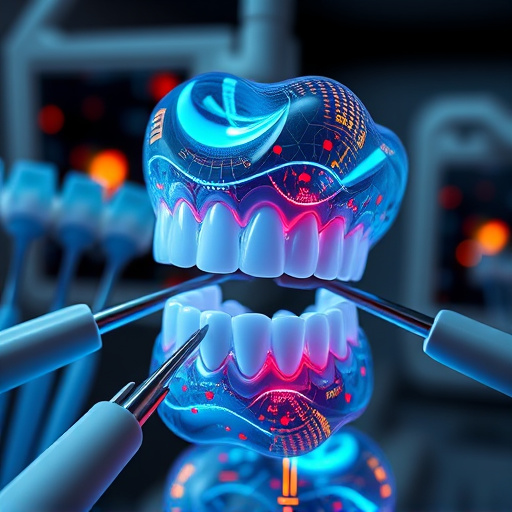Skin tags, caused by genetics, hormones, obesity, and skin conditions, can be removed through various methods including surgery, cryotherapy, lasers, microdermabrasion, and topical creams. Modern skincare has advanced these options, introducing non-invasive, dual-purpose treatments targeting both skin tags and anti-aging. The future looks promising with laser technology and AI improving diagnosis and treatment efficiency, offering hassle-free solutions for effective skin tag removal.
“Uncover the latest advancements in skin tag removal procedures, transforming the way you address these common yet sometimes bothersome growths. From understanding their causes and traditional methods to exploring modern techniques like laser therapy, radiofrequency ablation, and innovative emerging trends, this article provides a comprehensive guide. Discover how contemporary dermatology offers effective, safe, and efficient solutions for skin tag removal, enhancing your overall appearance and confidence.”
- Understanding Skin Tags: Causes and Common Methods
- Modern Skin Tag Removal Techniques: A Comprehensive Overview
- The Future of Skin Tag Disappearance: Emerging Trends and Technologies
Understanding Skin Tags: Causes and Common Methods

Skin tags, medically known as acrochordons, are small, soft skin growths that typically appear in areas where skin rubs against itself, such as the neck, armpits, and groin. They are usually harmless but can be unsightly and cause discomfort for many individuals. Understanding their causes is essential when considering skin tag removal procedures. These tags develop due to a variety of factors, including genetics, hormonal changes, obesity, and certain skin conditions like eczema or dermatitis. In some cases, they may simply form as a result of friction and trauma to the skin.
The most common methods for skin tag removal include surgical excision, cryotherapy (freezing), and laser treatments. Surgical excision involves cutting off the tag with a scalpel, often performed under local anesthesia. Cryotherapy uses liquid nitrogen to freeze and destroy the growth, while laser treatments target the blood vessels within the tag to shrink or eliminate it. Aesthetic treatments like microdermabrasion and topical creams are also sometimes used as alternative approaches, focusing on exfoliation or stimulating collagen production for a smoother complexion. Personalized skincare plans that address underlying conditions can also help manage skin tags effectively.
Modern Skin Tag Removal Techniques: A Comprehensive Overview

In recent years, the landscape of skin tag removal has undergone a significant metamorphosis, with modern techniques offering safer and more effective solutions than ever before. Traditional methods like cutting or burning have been largely superseded by innovative procedures that cater to personalized skincare needs. Today, individuals seeking to eliminate these small, harmless growths have an array of advanced options to choose from.
These state-of-the-art skin tag removal techniques include both minimally invasive and non-surgical approaches, many of which also double as anti-aging treatments or enhance overall facial aesthetics. From precise laser targeting to advanced radiofrequency devices, each method is designed to target skin tags without damaging the surrounding skin. Additionally, hydrating facials and other specialized treatments have emerged, providing a holistic approach that addresses both skin tag removal and maintaining skin health and vitality.
The Future of Skin Tag Disappearance: Emerging Trends and Technologies

The future of skin tag disappearance is bright, with emerging trends and technologies revolutionizing skincare routines. One promising method gaining traction is the use of advanced lasers for precise skin tag removal. This non-invasive procedure offers a quicker and more effective alternative to traditional methods, reducing downtime and potential side effects. With advancements in laser technology, doctors can now target specific skin tags without damaging surrounding tissue, making it an increasingly popular choice for those seeking hassle-free solutions.
Additionally, the integration of artificial intelligence (AI) in dermatology is transforming skin tag removal. AI-powered tools assist in accurate diagnosis and treatment planning, ensuring personalized care. These innovations predict outcomes, optimize treatment protocols, and even guide practitioners during procedures like laser hair removal and skin tightening treatments, elevating the overall effectiveness and efficiency of skin tag management.
In conclusion, the latest innovations in skin tag removal procedures offer more effective, safe, and accessible options than ever before. From traditional methods to modern techniques and emerging trends, understanding the causes and common practices has paved the way for advanced solutions. As technology continues to evolve, individuals can look forward to even more efficient and minimally invasive ways to achieve clear, tag-free skin.














